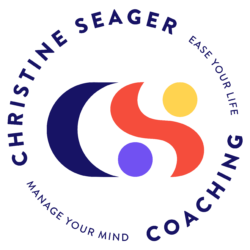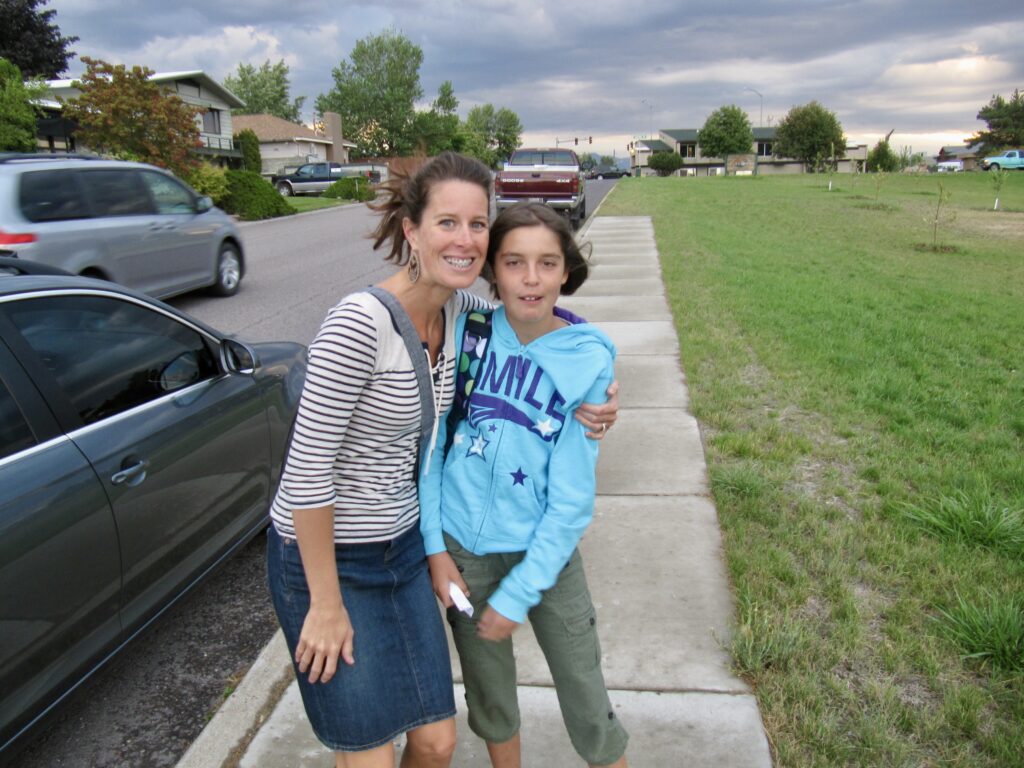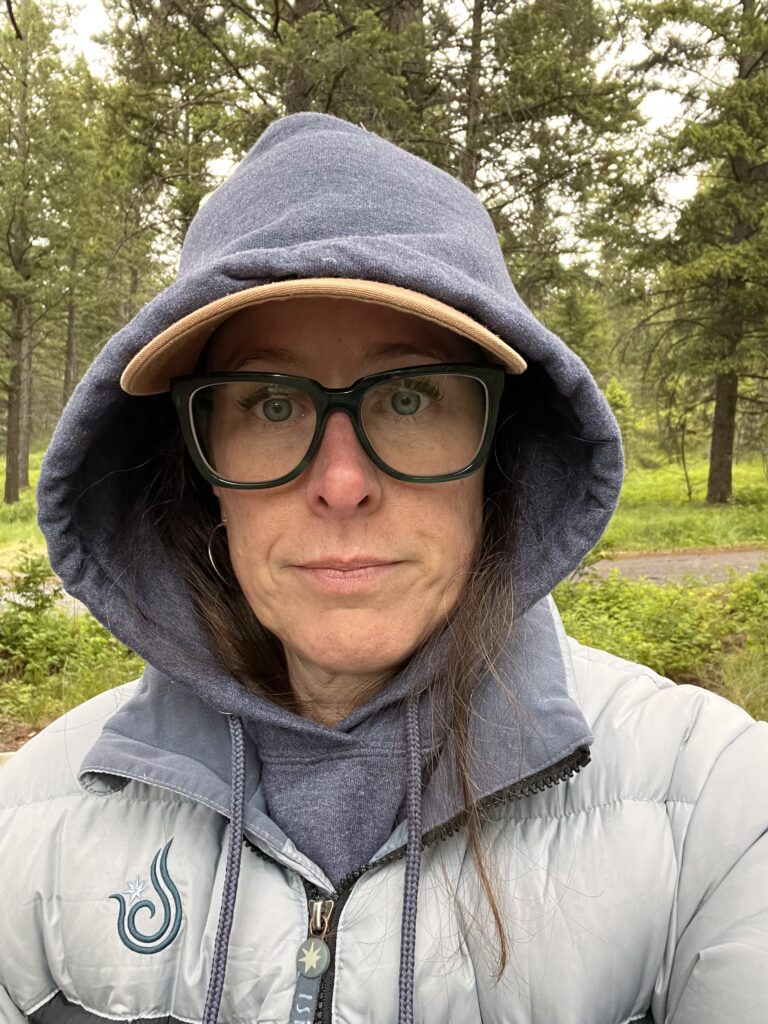Have you ever walked into a conversation already expecting tension? Whether it’s a challenging patient, a frustrated colleague, or a demanding supervisor, those moments can feel heavy and stressful before the first word is even spoken. But what if you could turn that tension into an opportunity for collaboration instead?
The problem is, we often get stuck in a defensive mindset. We’re ready to protect our point of view or respond to criticism. This only heightens the tension and prevents meaningful communication.
But there’s a way to shift the dynamic and get better results.
Shift 1: Take a Neutral Stance
When we approach conversations with an agenda or strong opinions, we unknowingly create resistance. Instead, try to stay neutral—focus on the facts, not feelings. For example, rather than starting with, “You always forget to update the chart,” you could say, “I noticed the chart wasn’t updated after your shift.” This reduces blame and keeps the conversation focused on solving the problem.
Shift 2: Ask Open-Ended Questions
People feel more valued when they’re given the chance to share their perspective. Instead of assuming you know why someone acted a certain way, ask them to explain. Questions like, “Can you help me understand what happened here?” or “What do you think might work better next time?” foster collaboration rather than confrontation.
Shift 3: Look for Solutions, Not Faults
In moments of stress, it’s easy to focus on what went wrong. But what if you focused on what could go right? By shifting your energy from finding fault to finding solutions, you open up a space where everyone can contribute ideas. You might say, “Let’s figure out how we can make this work better moving forward,” inviting a collaborative approach to problem-solving.
These simple shifts can transform tense situations into opportunities for better teamwork, understanding, and productivity.
Want more strategies like these? Join my upcoming masterclass on Collaborative Communication, where we’ll dive into the exact steps to master neutral, solution-oriented conversations in your healthcare role. Wednesday, October 23, 2024 at 11 AM MT. Replays will be available. You can sign up here.
Don’t forget—if you work at Logan Health, you can schedule a coaching session as part of your employee benefits! Let’s chat about how we can reduce tension and build stronger communication skills together. You can book a coaching session here.







